‘The role of the Infantry is to seek out and close with the enemy, to kill or capture him….’
The introduction of skillsets like the Combat Marksmanship Continuum (CMC) and Army Combative Program (ACP) have greatly enhanced infantry soldiers’ ability to undertake the second part of this role, though it may be argued that the emphasis on the second part has detracted from the first.
It is equally important that infantry soldiers possess the skills, knowledge, and attitudes required to successfully seek out and close with the enemy. It is a much more preferable scenario to find evidence of the enemy’s passage and, through intelligent analysis, locate them and choose the time, place, and method of their destruction – as opposed to chance encounters where neither side is afforded any advantage. One method utilised by the infantry to gather information is Visual Tracking.
Visual tracking courses are currently run only once a year at the Combat Training Centre Jungle Training Wing (CTC-JTW) in Tully, North Queensland. This highly sought after course is considered one of the best individual skills courses available and boasts popular attendance from international students who come seeking to learn from skilled instructors. The bi-product of this limited throughput of students is that there are a shortage of qualified Visual Trackers (VTs) available to a commander if a suitable task were to come up.
Locate (the background)
The employment of visual tracking skills is not new and has been a critical skill in human survival and evolution. Primitive humans developed the skill of tracking by associating a print laid by an animal to that of prey. As humans evolved, visual tracking played a significant role in everyday survival, whether hunting for food, protecting the tribe, or attempting to locate and attack another competing tribe.
The employment of VTs to locate and pursue one’s enemies has been used by many militaries around the world with a great deal of success. The RAInf has a well-deserved tradition of being highly capable in field craft (including tracking) but this reputation needs to be constantly reinforced, and today’s infantry should always be looking to maintain and even enhance these capabilities.
Identify (the problem)
‘The role of the tracker is to locate, identify and pursue sign, and form intelligent interpretation and use deduction in order to gain reasonably accurate information about the target concerned.’
The focus for Army over the past decade has shifted to methods other than patrolling, as a way to deter, detect, and pursue an enemy. Ground Surveillance Radar, sensors, cameras, and the use of UAVs are some examples. Basic ‘field craft’ skills have often given way to an over-reliance on technology. Training soldiers to be aware by observing, interpreting, and analysing the environmental terrain in which they conduct operations is a critical aspect of operational effectiveness.
Increased situational awareness is the key to a soldier’s survivability. This is supported by their capacity to observe effectively, analyse thoroughly, predict accurately, and act decisively to avoid potential threats and gather timely and relevant intelligence. Previously there were three key courses where soldiers could acquire the knowledge to identify and interpret sign:
- Visual Trackers Course (28 days)
- Regional Force Surveillance Unit (RFSU) Scout / Tracker course (15 days) – Inactive
- Ground Sign Awareness Course (5 days) – Inactive
The VT Course has grown in size to allow for an increased panel, which is great for the participants but continues to disadvantage Army Reserve personnel who often don’t have the time to commit to the training. Even some regular units are hesitant to lose soldiers for a month at a time with so many other competing priorities.
The RFSU Scout Tracker course has been inactive since 2016. The RFSG is one organisation where the skillset of a VT would be a force multiplier. NORFORCE recognised this and conducted their own VT Course in 2025. The Army Reserve will still struggle to attend such courses though due to the demands imposed by such a lengthy course.
The Ground Sign Awareness (GSA) Course is also inactive. GSA was developed through JTW using the basic lessons from the VT Course and combining them with relevant lessons from the Combat Engineers for high risk search (Mines, Booby-traps, and Improvised Explosive Devices [IEDs]). This course has been successfully utilised in the past as part of pre-deployment training for ADF members deploying to countries where there is an identified threat of IEDs.
Pursue (the solution)
I propose that a condensed VTC (a revamped GSA course) would be a highly suitable addition to the training continuum for the Infantry soldier. Over a 5-day period, the trainee would receive all the lessons from the first week of the VTC, these include:
- Introduction to tracking
- Interpretation of sign
- Interpretation of factors that affect tracking
- Characteristics / categories of sign
- Judging the age of sign
- Interpreting information gained from tracking
- Booby trap awareness
- Employing deception techniques
These lessons would be spread amongst periods of Pace to Pace tracking. Pace tracking is a method employed in the early stages of learning and by VTs when they move into unfamiliar or new environments and want to ensure they are still on track. Kim’s games and observation lanes would also be used to build the trainees’ ability to observe an area, identify sign, and make logical deductions from those observations.
I believe that a 5-day “introduction to tracking techniques” course (call it Combat Tracking, Intro to Tracking, Ground Sign Awareness, Scout/Tracking) would be exponentially beneficial to the ADF. A course like this could be conducted within Regular or Reserve units a couple of times a year. It could be managed and run from within the Reconnaissance Platoon / Sniper cell as the subject matter experts in this area. The standard of field craft within the Infantry battalions would only improve as every soldier in a section would become a ‘sensor’ – cognisant of sign that they may previously have missed. Soldiers who show an interest or extra ability could be further identified and encouraged to go on to complete the VT Course.
Army Reserve soldiers would be far more ready to commit to a 5 day training package so it would be highly desirable across the 2nd (Australian) Division. Other corps, including the Royal Australian Armoured Corps, Royal Australian Engineers, and the Royal Australian Corps of Military Police (particularly dog handlers) would further benefit from the skills provided by such training. Soldiers would also be more likely to incorporate tracking techniques into concurrent training (scouting lanes, observation lanes, and Kim’s games) to maintain skills.
The skills taught by the VT Course require no technology and are low-cost. They provide perception-enhancing abilities that enhance soldiers with the ability to gather information, predict future intent, and allow commanders to act decisively. In the ADF’s likely operating theatres, terrain and weather factors will affect heavily on the ability to employ UAS and other sensors. The availability of the tracking skillset and its ability to enhance intelligence gathering, survivability, and lethality make it a course that should be proactively encouraged and instigated throughout the Infantry, both regular and reserve.
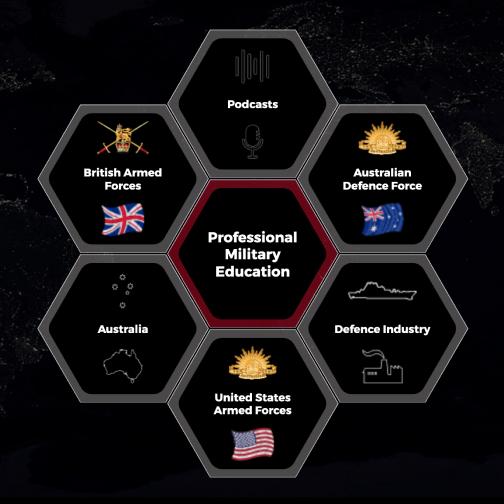
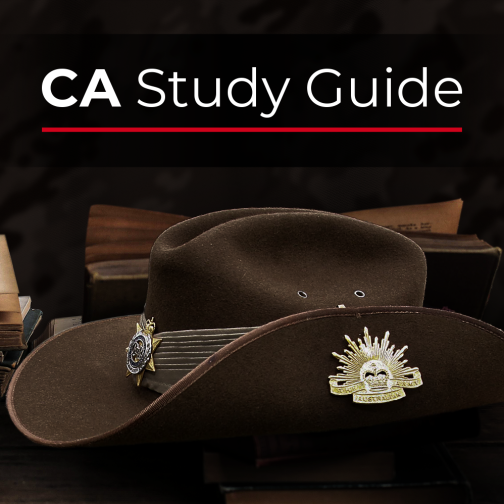

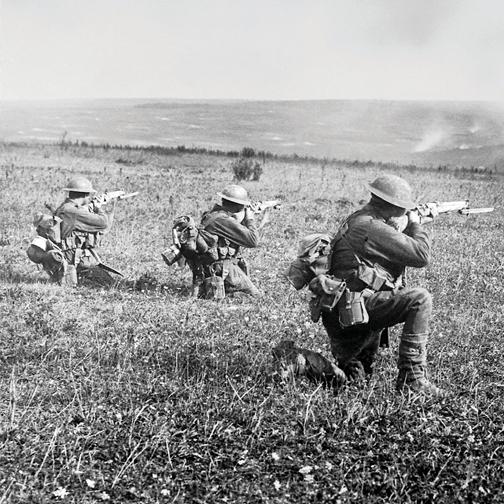


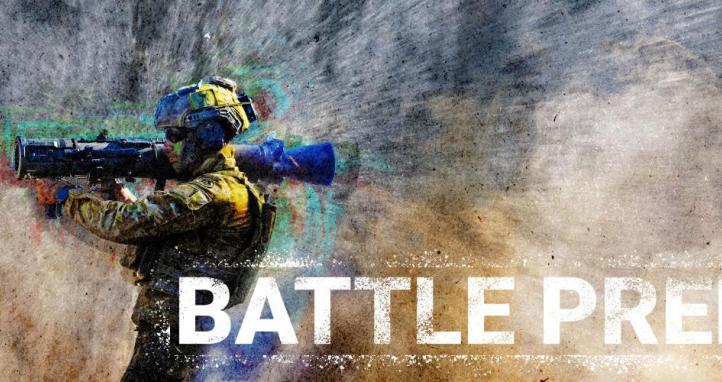
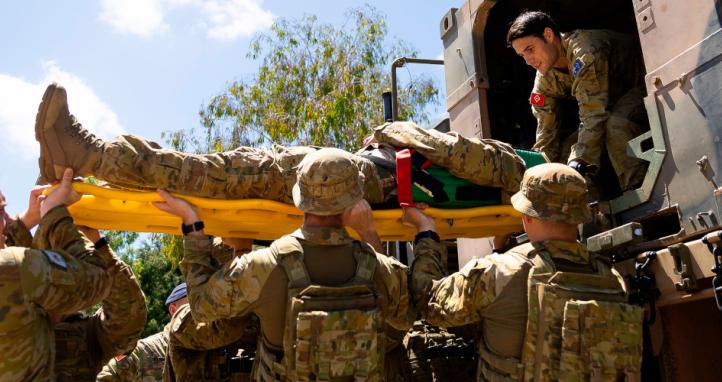
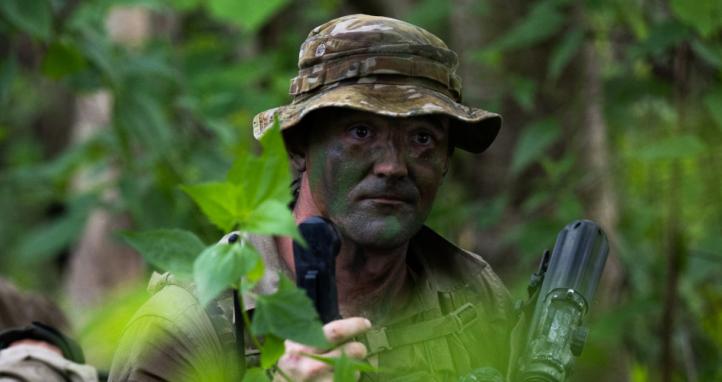
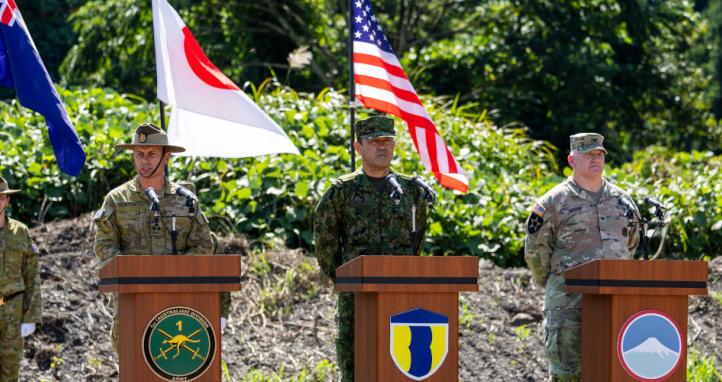
Among many of my own experiences with high risk tracking dogs, I worked alongside VTs and Tracking Dogs in South Africa this year and can see clearly how advantageous a well resourced Combat Tracking capability could be in our likely future operating environment.
Hopefully your ideas come to fruition in the future, best of luck.